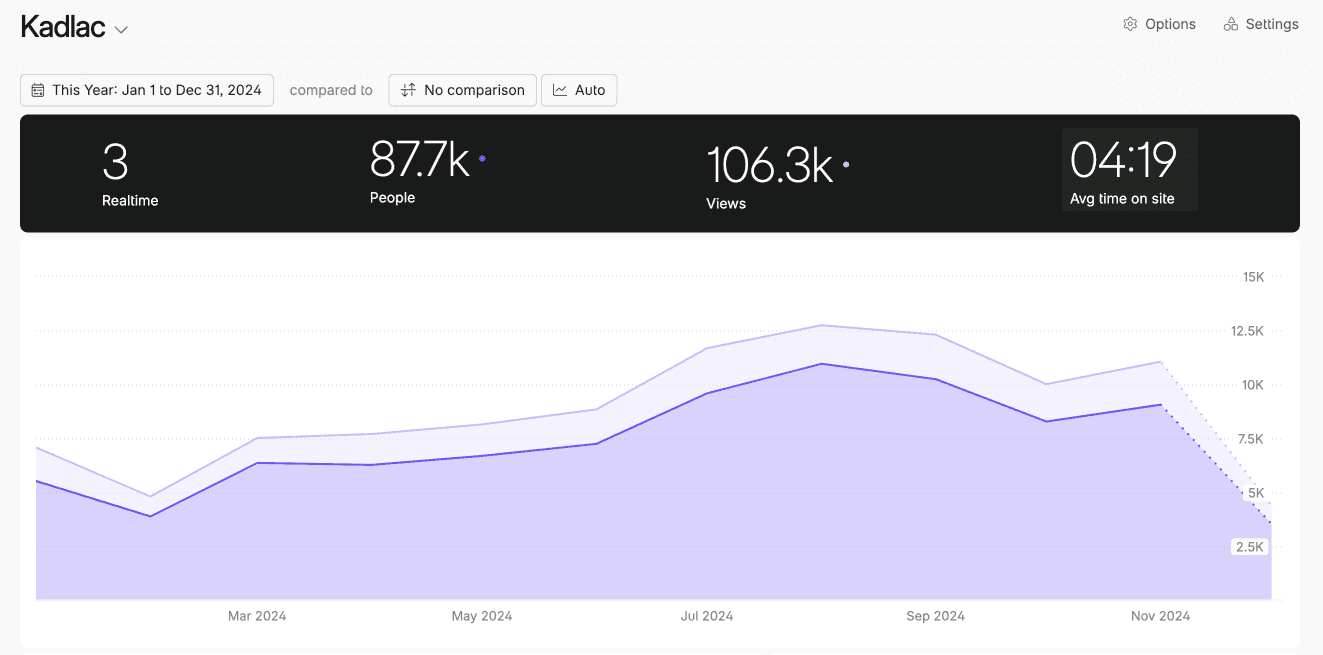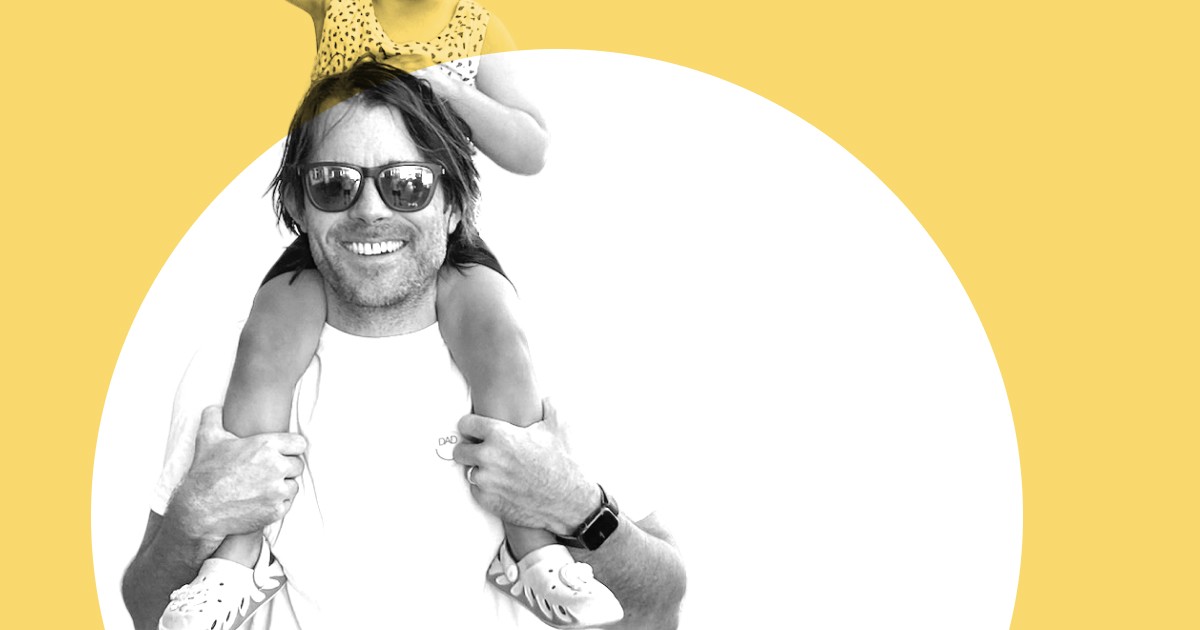Aug 27, 2020

I shut the driver’s side door to leave for a weekend trip to Joshua Tree National Park, and turned the key. The engine didn’t budge. The only indication that something was wrong was the blinking ‘check engine’ light staring me in the face.
Taunting me, I imagined it whispering, “just check the engine, moron.”
If you have owned a car, you know there’s a hundred different issues condensed into this one blinking indicator. It’s aggravating for the driver. In that moment of confusion, I envision hundreds of dollars flying out of my account just to diagnose this problem.
At the shop, the mechanic turned to me to ask a series of intricate and elaborate questions like, “When did the light come on?” “Did it turn off while you were driving or was it always on?” “Did it appear anytime before this?”
The questions he asked didn’t inspire much confidence. While his confused facial expressions mirrored mine, I was the only one who admitted what we were both thinking.
“I have no idea what’s wrong."
The generic, seemingly harmless yellow blinking light is the epitome of what poor design feedback looks like.
If you are ever giving feedback to a creative person, and they stare back at you like a deer in headlights, you’re giving them the check engine light of creative feedback.
Great design doesn’t appear from the abyss. It’s a back and forth process that feeds itself on strong feedback loops. How do we get better at giving thoughtful feedback?
Designers are human like everyone else
Designers are an interesting bunch. They take pride in a craft that takes years of sharpening. The process for each designer is more art than science, having constructed their unique process into how to harness their skills best.
From the outside, it’s easy to imagine a determined designer walking into a cave, only to return from the darkness with a perfect solution on hand, ready to release into the wild.
I have to admit, there’s a certain mystique that many creatives like to perpetuate about the design process. But make no mistake, those who don’t want to talk about the process or want to remain shrouded in mystery are either lazy, unable to communicate properly themselves, or too insecure.
While many designers might tell themselves this, seeking out feedback—and more importantly—giving great feedback is the foundation of building beautiful products in any capacity.

Why poor feedback backfires
Early in my career, I was designing marketing materials for a women’s online jewelry shop. During one project, I had to design a number of banner graphics for the site, part of a larger campaign. Since my direct report was out that day, I searched for Kevin, the Director of Marketing. Here’s an intelligent marketer who crunches numbers all day, and has worked with numerous designers throughout his career.
“Nate, this graphic needs to pop more! Think, ‘more Las Vegas.’”
Before I could mutter “what the fu…,” he quickly walked away. This type of feedback is usually given because someone is relying on how design makes them feel, and not empathizing with the customer.
In a study monitoring seven companies over 11,000 days of combined creative work, researchers found two stunning patterns. First, getting feedback was rare, indicating that people seemed to avoid it; and second, when people did receive feedback, it generally left those with a negative emotional residue.
After Kevin walked back to his corner office, I wasn’t sure how to react. But mainly, I was confused. Where do I go from here? As a young designer, I had never been to Las Vegas and so my interpretation might be completely different from Kevin’s. The lack of thoughtfulness gave me enough reason to never ask for feedback from Kevin again.
Poor feedback lacks context
You are not alone in thinking giving good feedback is hard. We are flawed. And, humans are incredibly poor at removing our biases when giving feedback.
Our first inclination is to react to how something makes us feel from our own perspective. For example, whether we like certain colors or imagery. But when giving feedback, we need to remember the customer is not looking through our lens. We should pause and consider the context of the feedback.
A common design joke is while reviewing mockups, clients will ask the designer to make the logo bigger. Videos have been made about how common this request is made. Confoundingly, clients are usually aware of this stereotype, but continue to ask for it anyways.
People miss that they’re looking at it through the context of their passion for the business. They are biased and react solely on that connection. Have you ever taken a trip to Target and wondered, “I really wish their logo was bigger?”
Nope.
How to provide useful feedback that leads to change
Poor feedback can cost money, in both time and dollars. It also leads to ruined partnerships, and a lack of trust between those on either side of the conversation.
The Love Stack
So if great design requires constant feedback loops, what’s an easy formula to communicate the ideas you need to be heard?
It’s simple. I call it the Love Stack for feedback:
Show some love
Be clear and specific about the flaws
Bring ideas
Show some love
First, find something you like about the solution being presented. This sets the table for building trust and shows that you care about the effort so far. We know you’re busy and this step might seem superfluous, but it’s integral to getting the most out of the creative process. It also gives the person receiving the feedback insight into what you like, which is what will inform future revisions.
If instead, you focus on what you don’t like too early, you’ll lose the trust and confidence of the person you’re trying to help. Focusing on people’s shortcomings causes them to shut down, making them less receptive to anything else you have to say. You’re actually impairing their ability to trust you.
Don’t confuse this for the shit sandwich. Using sloppy affection to mask your criticism is easy to spot, and will render your feedback useless.
Be clear and specific about the flaws or issues
This next step requires you to be thoughtful about what you’re trying to say. Be prepared to answer questions like, “why do you think this way?” Or, “why don’t you like the color green?” This is normal and productive, because it will challenge you to back up your feedback with actual data, or more context about the situation.
When describing why giving clear feedback is important, James Clear says, "When feedback is immediate, clear, and concrete, people learn quickly. When feedback is delayed, abstract, and opaque, people rarely learn."
In some cases, maybe you do want your logo bigger. If the designer knows their craft, you should expect to hear, “Why do you think this?” Be prepared to bring data or conversations that you have had with customers about why you think this way. If you do, it shows that you’ve done some legwork to understand the larger issue here, versus reacting to something that you don’t like.
Bring ideas
This is what you’ve been waiting for. How can you help affect change in a meaningful way, encouraging a better outcome based on the issues that sit before you? It should actually come much easier after you have earned and answered all of the designers' questions with care. Now you can begin to offer guidance and direction.
When presenting ideas to the designer, offer conversations that you have had with customers, or provide actual data to support these ideas. This helps maintain a clear distinction between how you feel and what needs more thought. If you’re focused too much on the craft, you’re showing a lack of trust in the creative to find solutions to the actual problem.
Feedback is unnatural
Giving feedback doesn’t feel cozy like a warm blanket in the morning. It feels unnatural. Legendary venture capitalist Ben Horowitz describes giving feedback as utterly unnatural.
“If your buddy tells you a funny story, it would feel quite weird to evaluate her performance. It would be totally unnatural to say: ‘Gee, I thought that story really sucked. It had potential, but you were underwhelming on the build up then you totally flubbed the punch line. I suggest that you go back, rework it and present it to me again tomorrow.’ Doing so would be quite bizarre, but evaluating people’s performances and constantly giving feedback is precisely what a CEO must do.”
Remember, It’s all about first showing some intentional love, then providing clear and specific feedback, and finally bringing evidence supported ideas to the designer.

Don’t be the check engine light of creative feedback
Ultimately, it took 3 visits to the shop to fix my car. I watched mechanic after mechanic discuss what the problem might be.
Was it the sensor? Maybe it was a timing issue?
Good feedback comes down to being able to diagnose and articulate the problem from a place of objectivity.
If my engine could talk, it would have told me that its starter needed some love. But, based on its limited vocabulary, it only told me how it felt, through a blinking yellow light.
“Check engine.”
Curious about what tools will help you build your own creative business?
Get my free toolkit of 59+ resources that will help you learn, create, and sell online.



